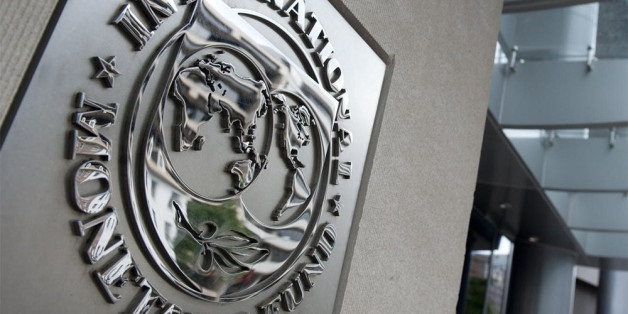Notwithstanding some shortcomings, as suffered by so many activities, the microfinance sector in Tunisia continues to play an important role in achieving financial inclusion, by enabling disadvantaged populations to access financial services.
According to the annual report for 2021 of the Microfinance Supervisory Authority (MSA), in 2020 and 2021, in the middle of the COVID 19 period, Tunisian microfinance institutions (MFIs) enabled 106 thousand 719 people to obtain financing from MFIs for the first time in their lives. The figure is divided between 46 thousand 971 in 2020 and 59 thousand 748 during 2021, or 12 thousand 777 more.
However, the report mentions failures in the management of the MFIs noted as much thanks to the control on documents as to the control on the spot, through teams of controllers sent in audit mission.
In the same context, the MSA received 31 complaints from clients about disputes with microfinance institutions. According to the report, the processing of these complaints “allowed for the detection of certain excesses committed by some MFIs. They have been asked to settle any prejudice caused to their clients concerned.
In terms of the activities financed that depend on the clients, it is also surprising to note that handicrafts are the poor relation, with about 2% of the total amount of microfinance.
Significant indicators
The microfinance sector in Tunisia is composed of 186 active associations (microcredit associations) and 7 microfinance institutions in the form of joint stock companies, known as MFIs SA, in addition to one MFI in the form of an association (grouping or spinning off of associations), called Association de soutien à l’autodéveloppement or Asad Tamweel. The various MFIs and microcredit associations are all known by their respective names.
The number of microfinancing provided by MFIs in 2021 increased by 13.1 compared to 2020 to 465 thousand 013 against 411 thousand 105 in 2020.
The amount increased to 1674 million dinars in 2021, compared to 1402 million in 2020.
Trade has the lion’s share, followed by agriculture, then by the craft industry, which remains the least beneficial sector of microfinance (about 2%).
More men than women
Men and women received 55% and 45% of the total value of microfinance respectively, although in terms of numbers, women received 54% of microfinance.
The average male microfinance reaches 4300 dinars, while the average female microfinance reaches 3000 dinars. The average microfinance in general reaches 3600 dinars.
Another aspect that some would find negative in Tunisian microfinance concerns the annual percentage rate of charge (APR), i.e. the costs of the loan that the MFIs grant to their clients, which include interest, but there are other elements. These fees are borne by the client, as in bank loans.
According to the report, the APR charged by MFIs reached 32.68% in 2021.
However, the report adds as a comment, not an excuse, that MFIs are not allowed to collect deposits from clients, their main resources are loans taken locally and from international donors. The weighted average cost of borrowing resources reaches over 15% for some MFIs.











